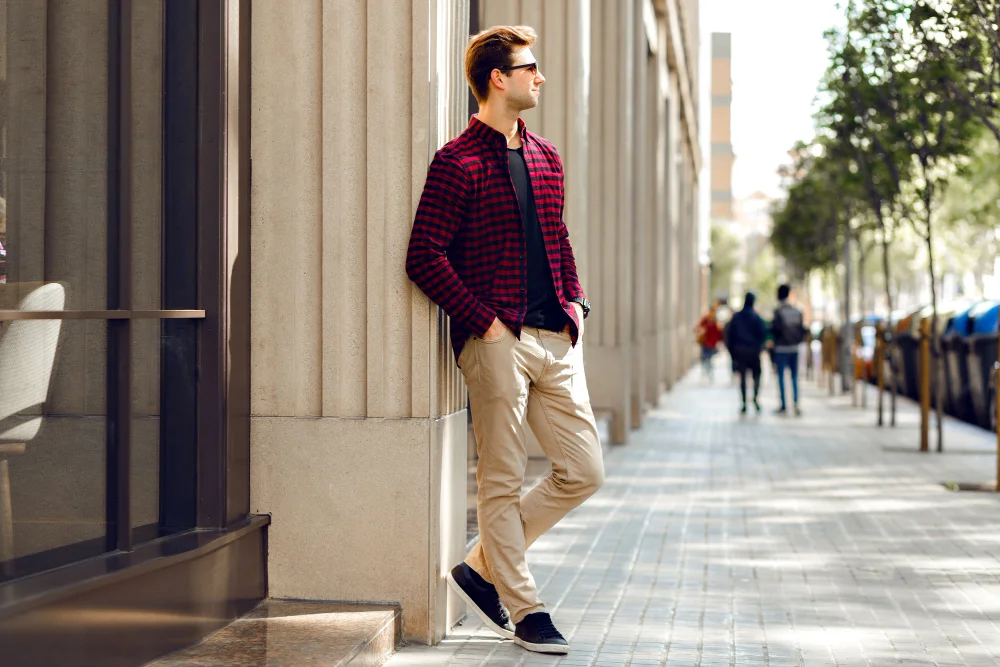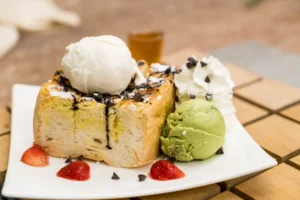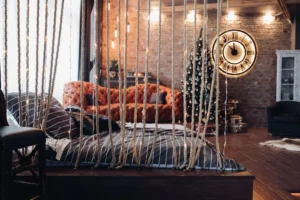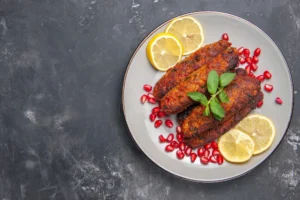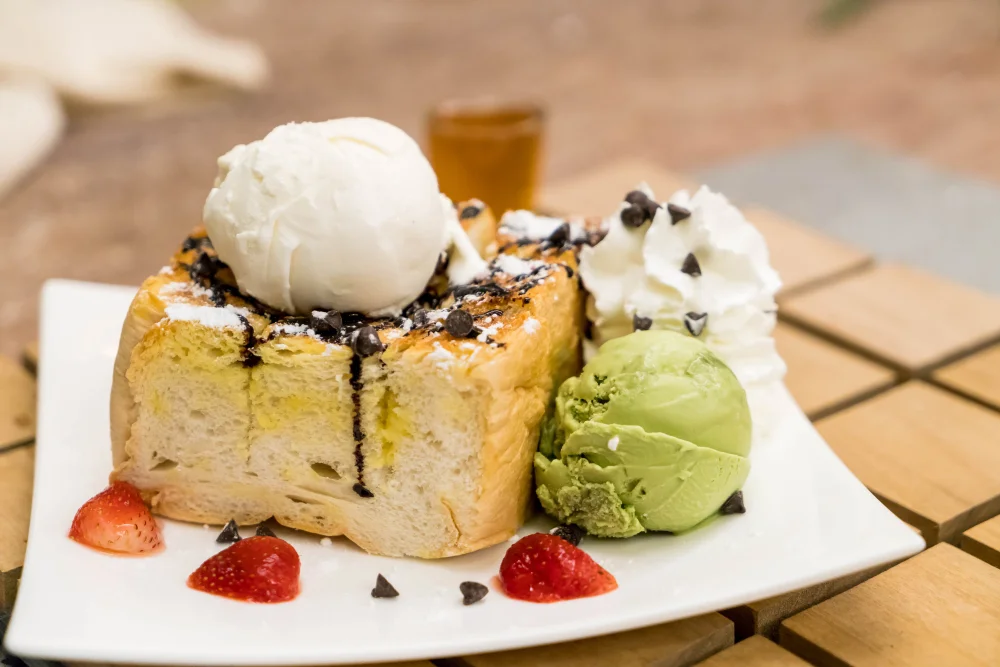Fashion for men has evolved from being a simple necessity into a powerful form of self-expression. Today, male clothing styles are not just about covering the body; they represent confidence, personality, and adaptability to different situations. From professional suits to relaxed streetwear, the right style can boost a man’s presence and leave a lasting impression.
In this guide, we’ll explore how men can choose clothing styles based on body type, personal preference, and occasion. You’ll also learn the key principles of fit, fabric, and color while discovering the most popular style categories dominating modern fashion.
Foundations of Male Clothing Styles
Every great outfit begins with a solid foundation. Without understanding the basics of clothing, men often end up buying pieces that don’t flatter their bodies or last long. The three essential foundations are quality, fit, and color coordination.
Quality and Fabric Selection
The fabric of your clothes defines their durability and comfort. Natural fabrics like cotton, linen, and wool offer breathability and elegance, while blended fabrics provide flexibility and affordability. High-quality stitching and finishing also play a huge role in ensuring that clothes maintain their shape over time.
The Importance of Fit
Even the most expensive clothing can look dull if it doesn’t fit properly. Fit shapes the entire silhouette of your body and determines how polished you appear.
-
Slim fit emphasizes sharper lines and works well for leaner body types.
-
Regular fit offers comfort while maintaining structure.
-
Tailored fit, designed specifically for your measurements, delivers a refined and professional look.
Color Coordination
Colors have psychological effects. Dark shades such as navy, charcoal, and black create authority, while lighter tones like beige or pastels show approachability. Matching or contrasting colors wisely can elevate any outfit.
Evolving Trends in Male Clothing Styles
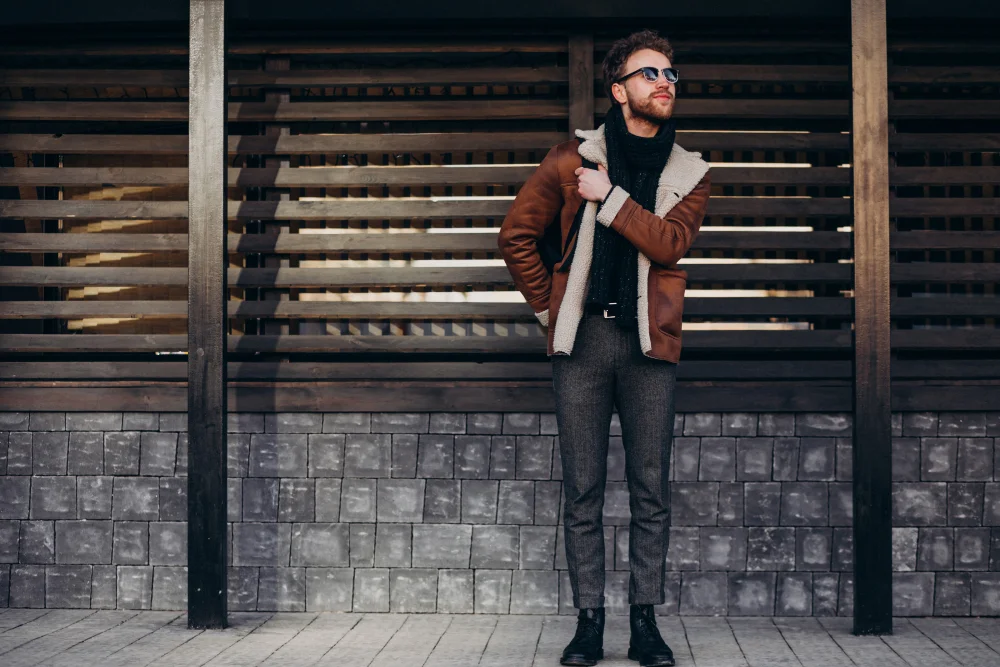
Men’s fashion has never been static. Over the last decade, styles have shifted from strictly formal to more versatile, comfortable, and experimental looks.
While new trends continue to emerge, some timeless classics have also returned with modern twists. Below are two major trends shaping male clothing styles today.
Athleisure: Comfort Meets Style
Athleisure has become one of the most popular trends in men’s clothing. It merges the comfort of sportswear with the aesthetics of casual fashion, allowing men to look stylish while staying comfortable. Joggers, hoodies, and performance sneakers are now seen not only in gyms but also in casual gatherings and even workplaces with relaxed dress codes.
The appeal of athleisure lies in its versatility; it works for travel, leisure, and everyday wear without compromising on appearance.
Streetwear: The Power of Urban Fashion
Streetwear has transitioned from a subculture to a mainstream global phenomenon. Characterized by oversized hoodies, graphic T-shirts, ripped jeans, and statement sneakers, streetwear gives men the freedom to express individuality. Accessories like baseball caps, crossbody bags, and chunky sneakers complete the look.
Streetwear often reflects cultural and artistic influences, making it more than just clothing; it’s a lifestyle statement. This trend has especially gained traction among younger generations, but modern adaptations make it wearable across age groups.
The Comeback of Classic Menswear in Male Clothing Styles
Amidst modern trends, classic menswear is making a strong return. Suits, trench coats, and tailored blazers are regaining popularity, not just for formal occasions but also in smart casual outfits.
Men are experimenting with mixing formal jackets with jeans or pairing dress shoes with chinos for a refined yet relaxed look. Neutral shades such as navy, charcoal, and earthy browns remain central to this style, offering timeless elegance that never goes out of fashion.
Dressing According to the Occasion
Clothing should always reflect the setting you’re in. Understanding when to wear what is one of the most practical aspects of styling. Every day office wear differs greatly from evening gatherings or casual weekends.
Knowing how to balance formality with comfort ensures you always appear appropriate. For example, business casual has become a standard in many workplaces, allowing men to look professional without wearing a full suit. A crisp button-down shirt, chinos, leather shoes, and a blazer often strike the perfect balance.
Key Point
-
Workplace and office attire
-
Semi-formal and formal events
-
Casual weekends and outings
-
Evening parties or social gatherings
Major Categories of Men’s Clothing Styles
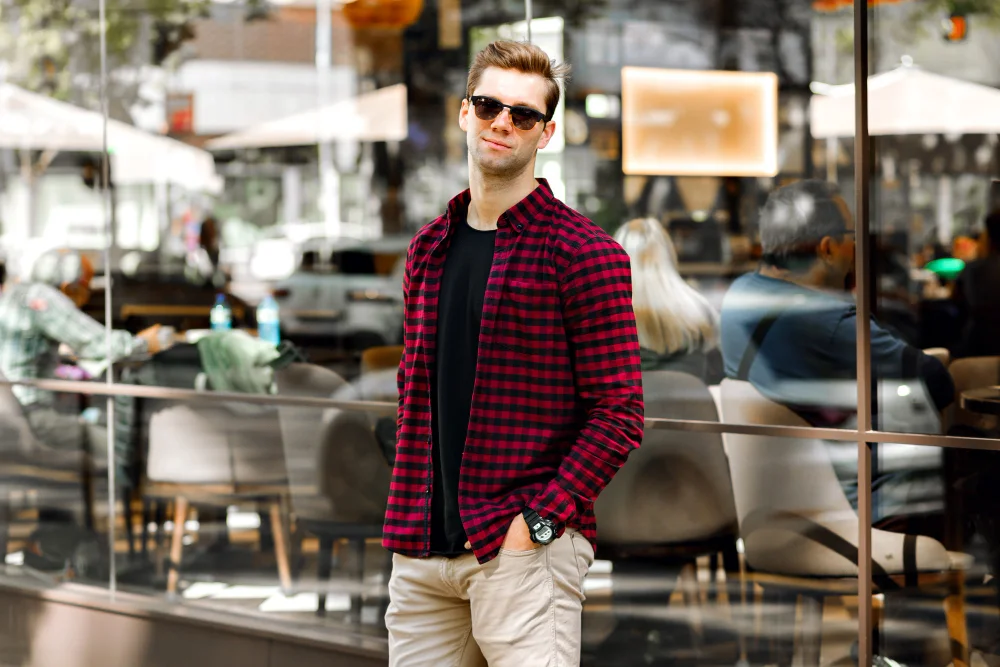
Men’s fashion can be divided into distinct style categories. Each has its own set of rules and signature pieces that make it unique. Casual style includes jeans, T-shirts, sneakers, and lightweight jackets. It’s versatile, easy to maintain, and perfect for everyday use. Formal style, on the other hand, revolves around suits, dress shirts, ties, and polished shoes. Then comes smart casual, a hybrid style where you pair formal pieces like blazers with relaxed options like chinos.
Other categories include monochrome dressing, where outfits are built around one primary color, and layering style, which uses different clothing levels like shirts, sweaters, and jackets to create depth. Mastering these categories ensures that men are prepared for any occasion.
Practical Tips for Building a Personal Style
Developing a personal style doesn’t happen overnight; it’s a gradual process. Start by understanding your body type, complexion, and lifestyle. Choose outfits that make you feel comfortable yet polished. Small adjustments, such as swapping sneakers for loafers or adding a blazer, can instantly elevate your look.
Experiment with layering to add versatility. For example, wear a basic T-shirt, then add a cardigan, and finally throw on a denim or leather jacket. This not only makes your outfit flexible but also adapts to different weather conditions.
Here are some actionable tips to consider:
-
Keep 5–7 essential wardrobe pieces such as plain T-shirts, slim jeans, versatile blazers, and neutral sneakers.
-
Pay attention to accessories watches, belts, and shoes can transform simple outfits.
-
Invest in quality over quantity. A few premium pieces outlast dozens of cheap items.
-
Maintain your clothes with proper washing, ironing, and storage.
Seasonal Variations in Male Clothing Styles
Another factor to consider is the season. Clothes should not only look good but also provide comfort and practicality depending on the weather. In summer, breathable fabrics like cotton and linen are ideal. Neutral and pastel shades work best under the sun. In winter, layering becomes essential with wool coats, sweaters, and boots, such as a stylish men’s cream sweater for versatile layering.
Autumn offers earthy tones such as brown, olive, and mustard, while spring calls for light jackets and refreshing shades. Understanding seasonal dressing ensures you remain stylish without compromising comfort.
Building a Capsule Wardrobe for Men
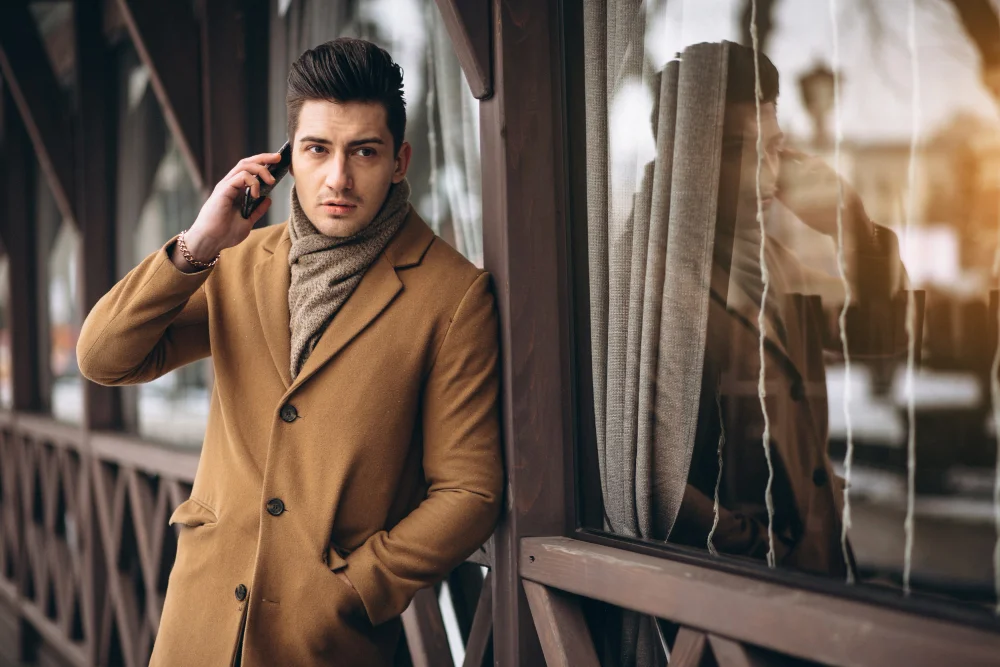
A capsule wardrobe is a collection of versatile pieces that can be mixed and matched to create multiple outfits. It reduces clutter and ensures you always have something stylish to wear. Essential items for men’s capsule wardrobes include:
-
A navy or grey blazer
-
White and light blue shirts
-
Dark slim-fit jeans and chinos
-
A leather jacket or a denim jacket
-
Neutral sneakers and dress shoes
By combining these items creatively, you can craft looks for both casual and semi-formal settings without buying endless new clothes.
The Role of Accessories in Men’s Fashion
Accessories are often overlooked but play a powerful role in enhancing male clothing styles. A leather belt, stylish sunglasses, or a steel watch can elevate even a simple outfit. Minimal jewellery, like bracelets or rings, adds personality without being overbearing.
Bags, from leather satchels to sleek backpacks, also combine function with fashion. Remember, accessories should complement your outfit, not overpower it.
Grooming and Lifestyle as Part of Style
Clothing alone doesn’t complete your look. Grooming, fitness, and lifestyle choices all influence how your style is perceived. Well-maintained hair, trimmed beards, clean shoes, and good posture all enhance your clothing. A healthy lifestyle ensures that clothes fit better and your overall presence feels polished.
Style should always align with personality. A confident man who takes care of himself will naturally stand out regardless of what he wears.
Final Thoughts on Male Clothing Styles
Male clothing styles are not about blindly following trends but about creating a wardrobe that reflects individuality and suits every occasion. With the right combination of quality fabrics, proper fit, color balance, and seasonal awareness, men can always stay ahead in fashion.
For example, knowing how to choose the perfect outfit for a getaway or a cruise can elevate your look instantly, which you can explore in our detailed guide on cruise attire for men. Experiment, refine, and most importantly, stay true to your personality. Your style is your statement, so wear it with confidence.

